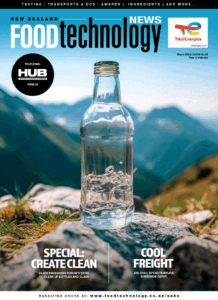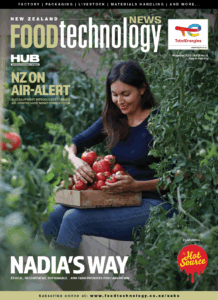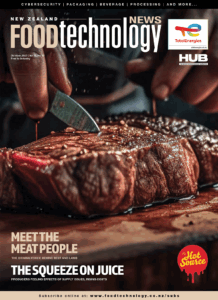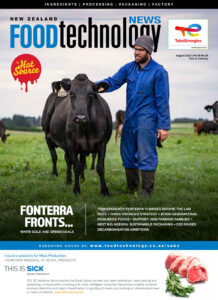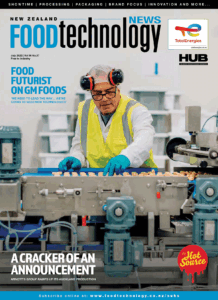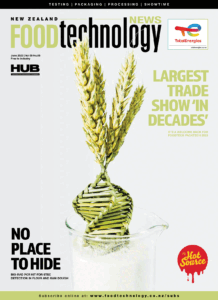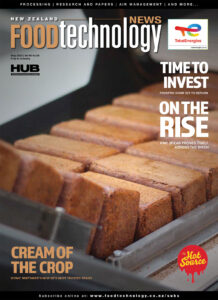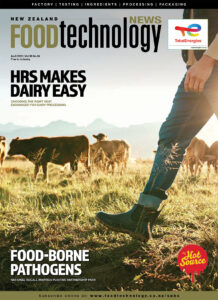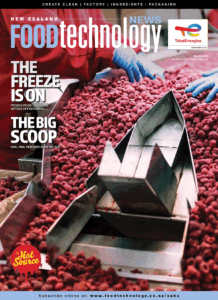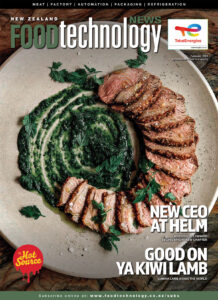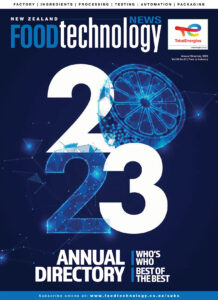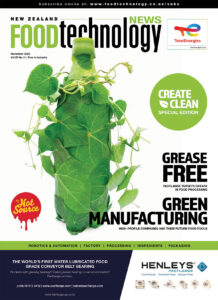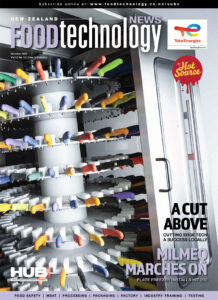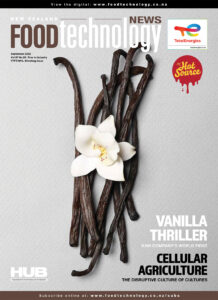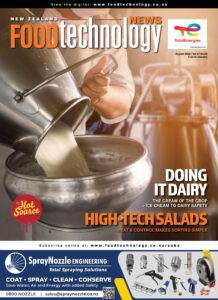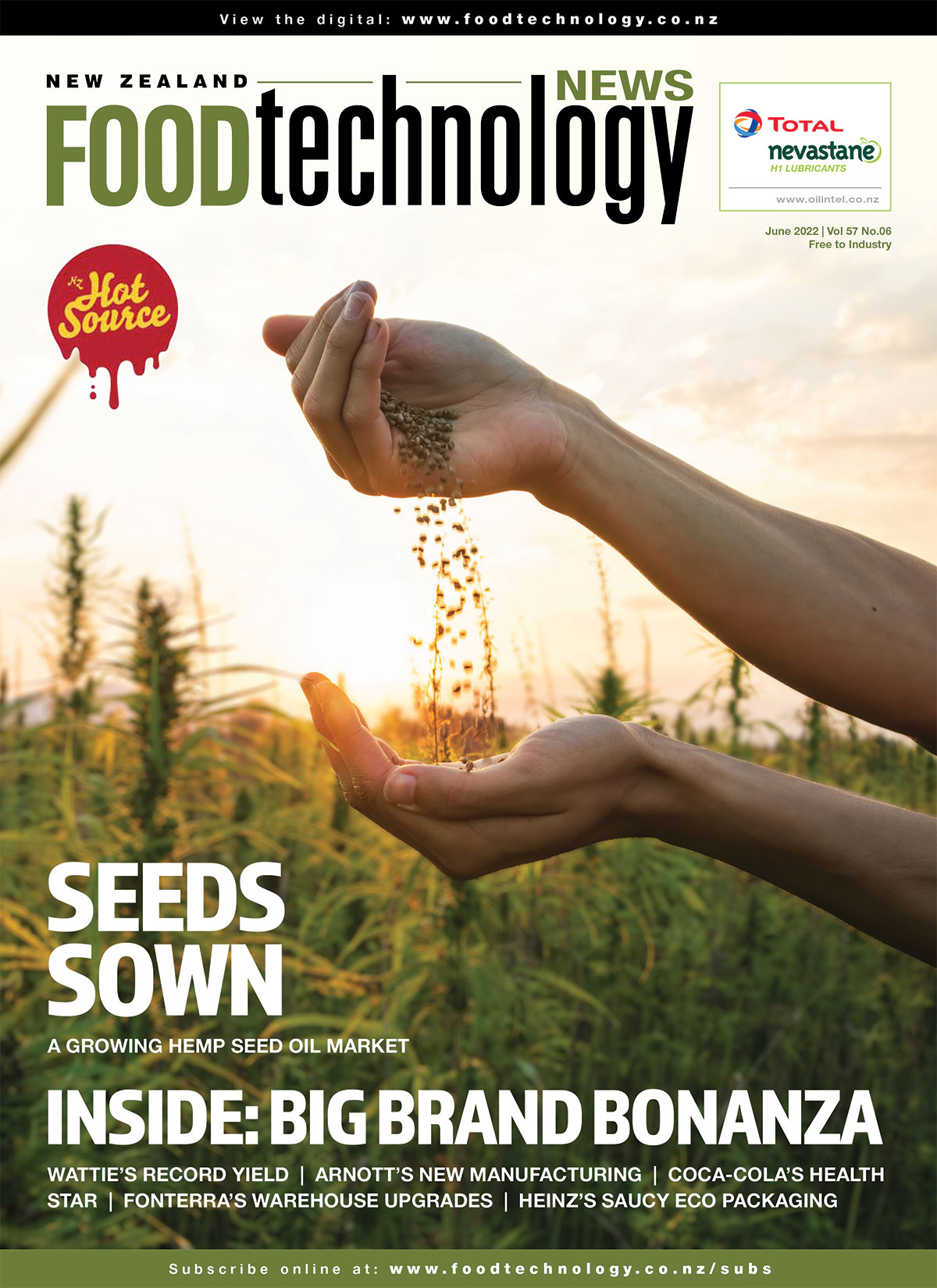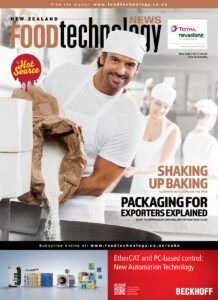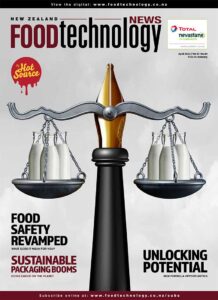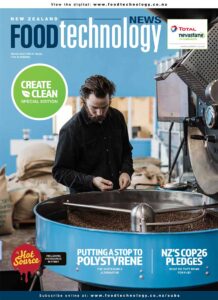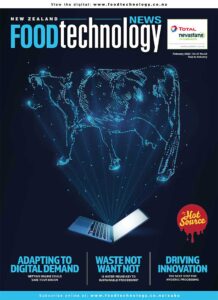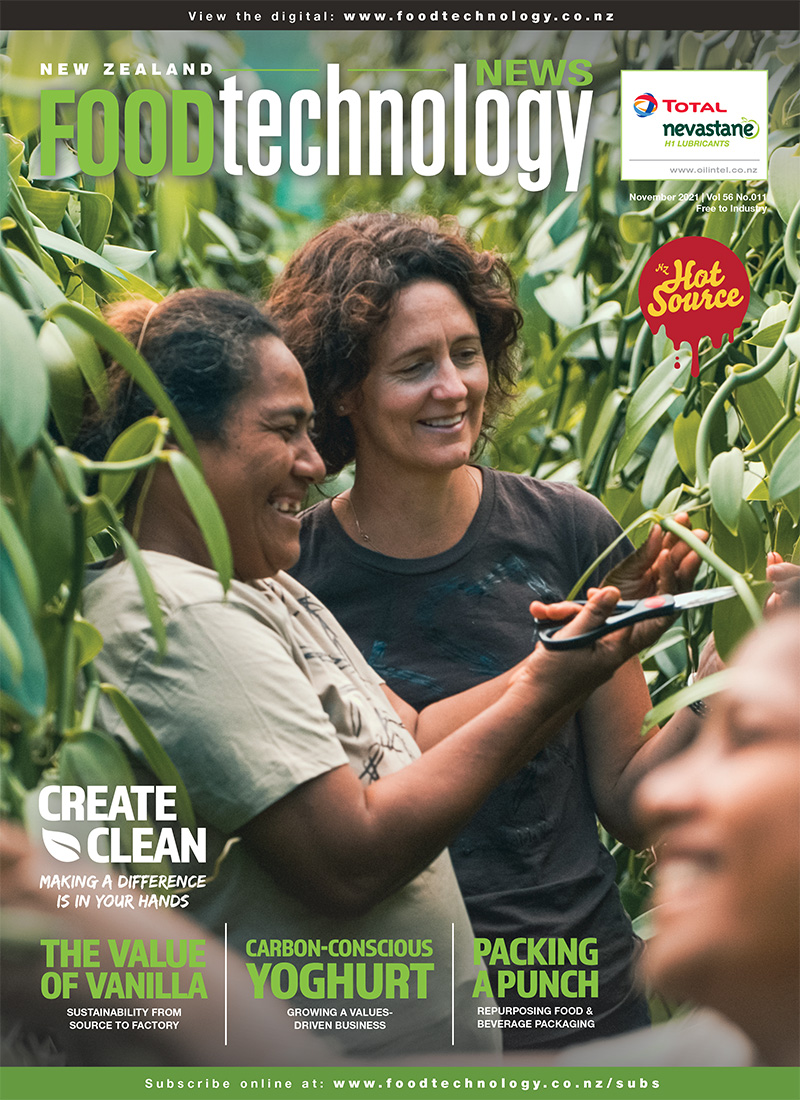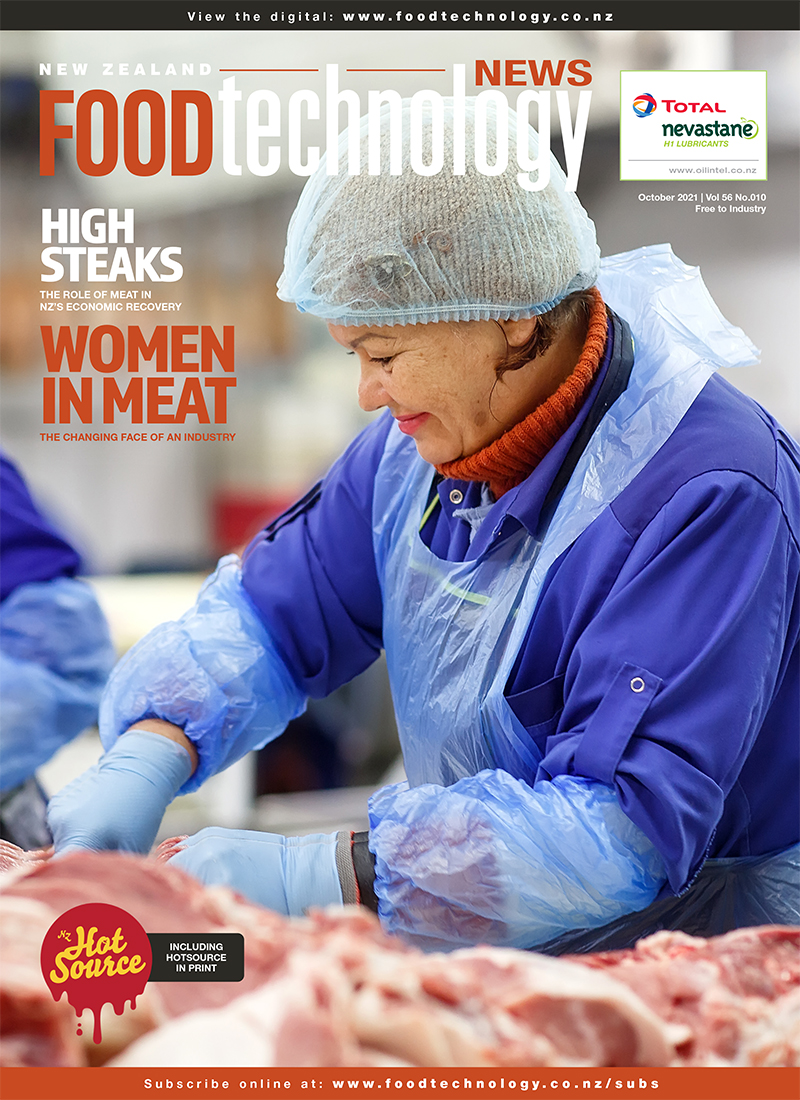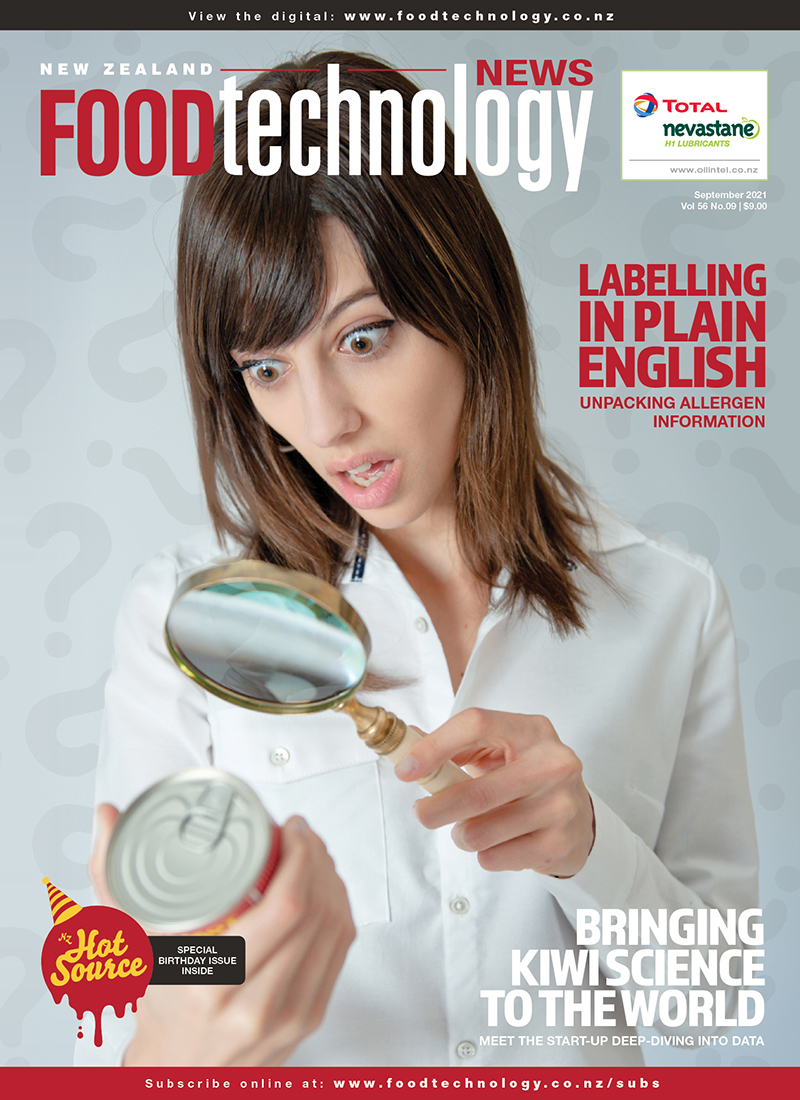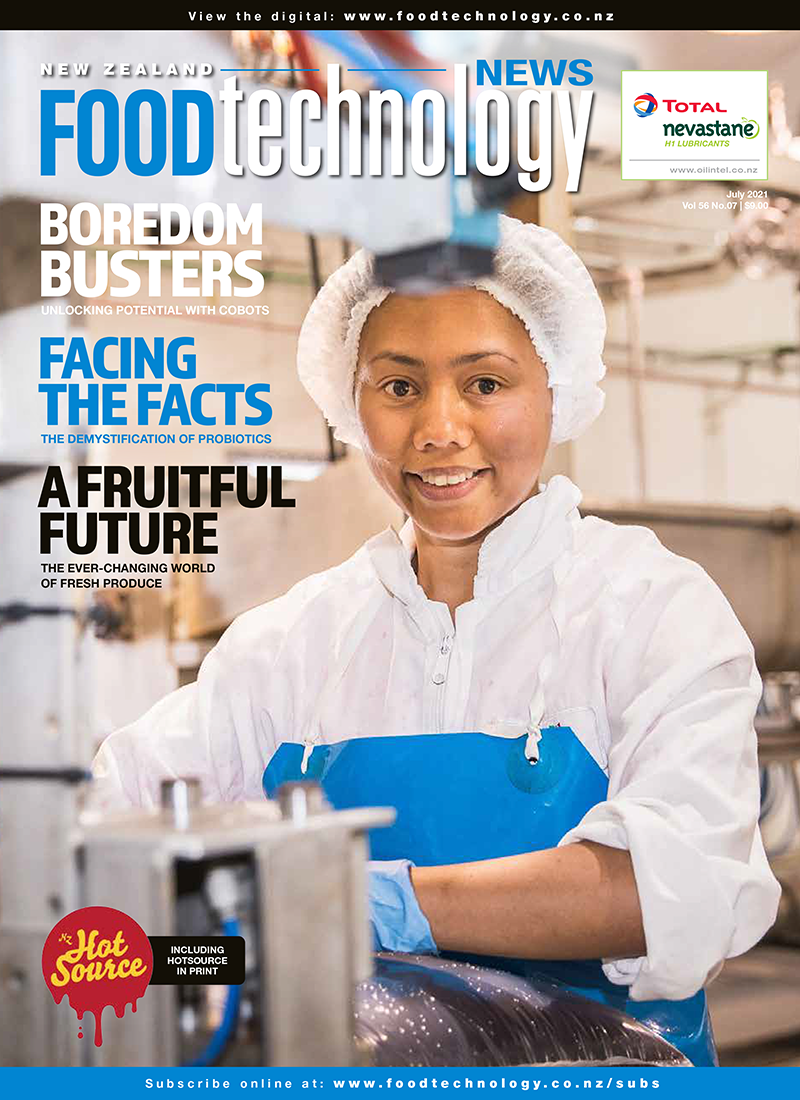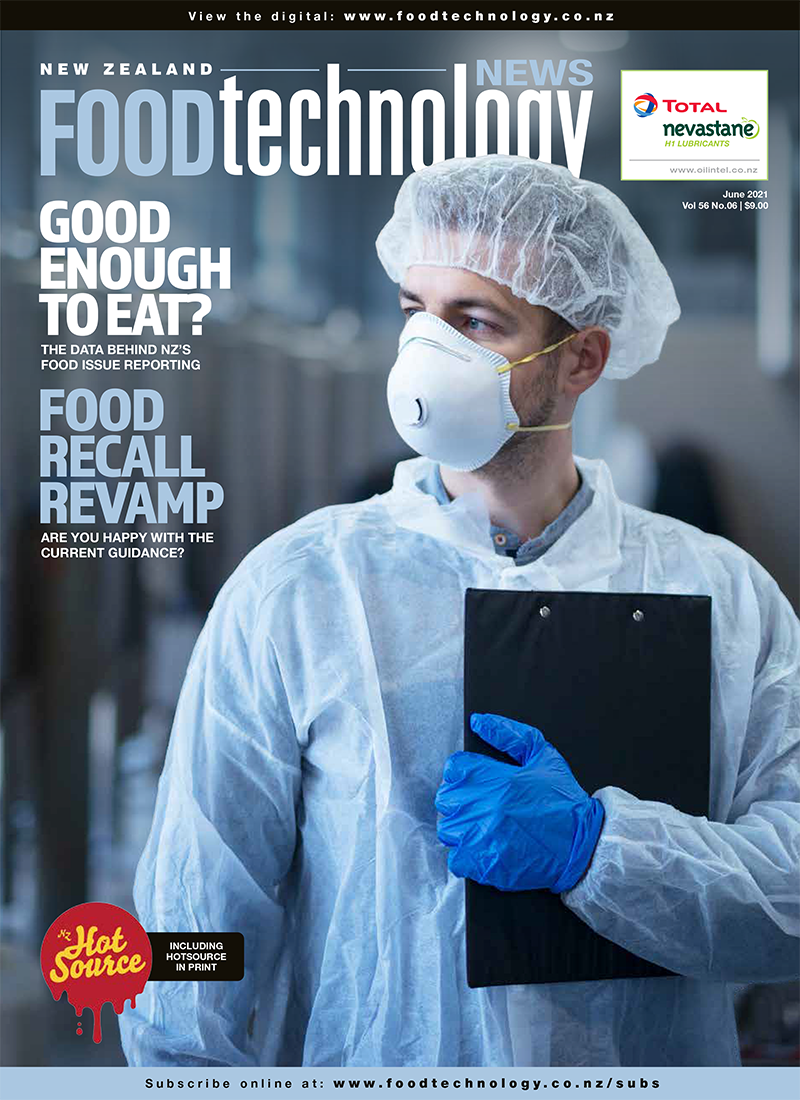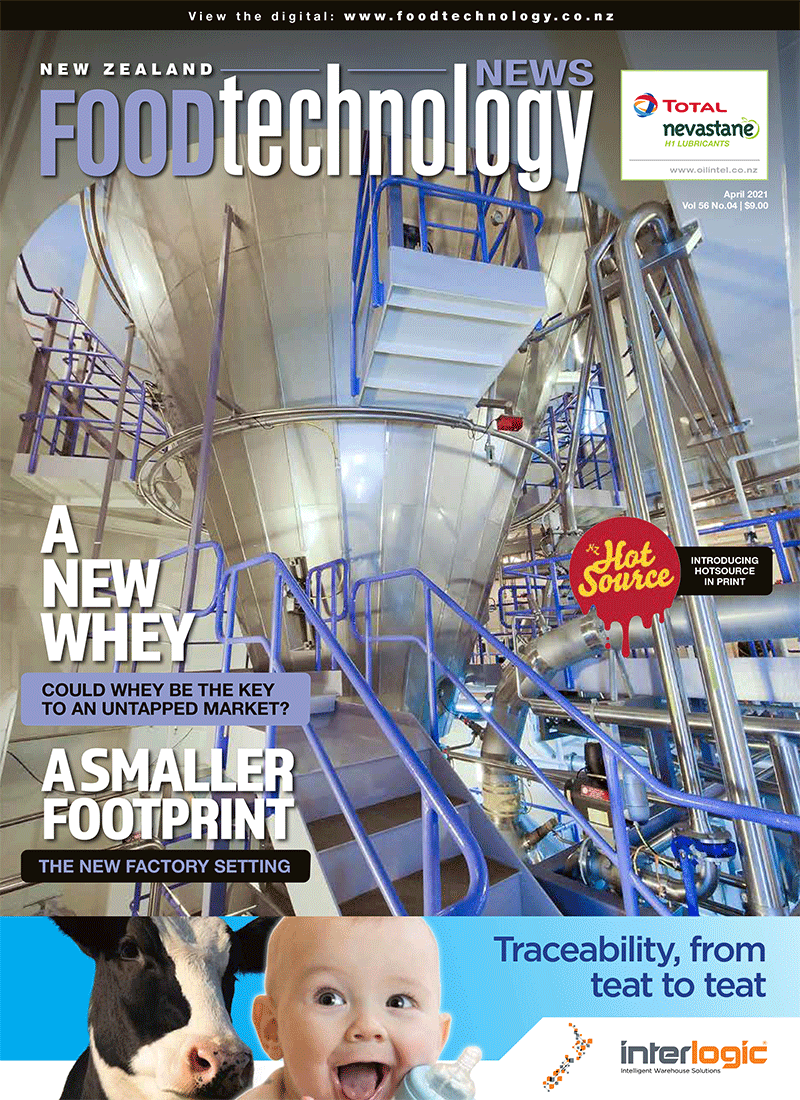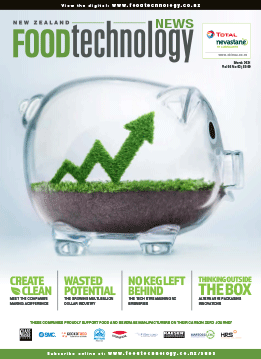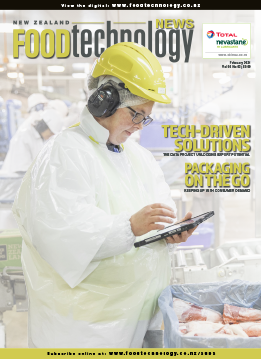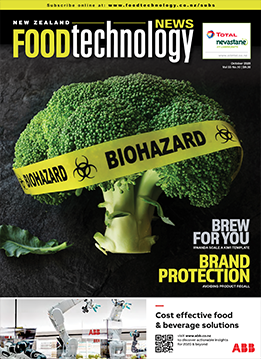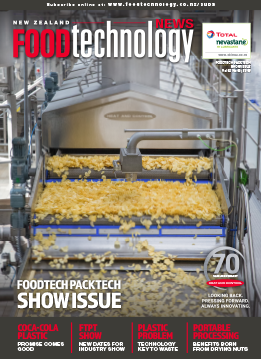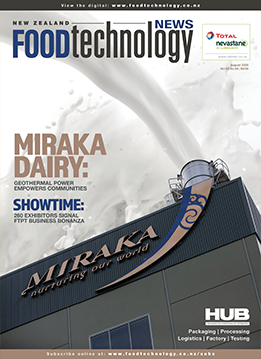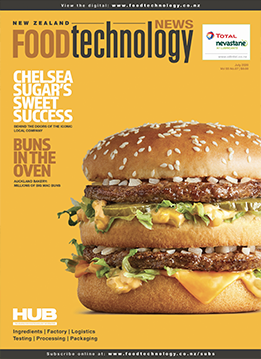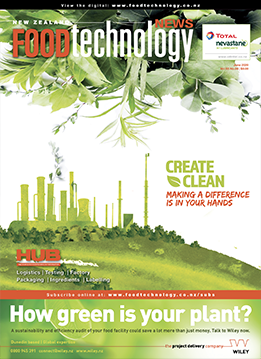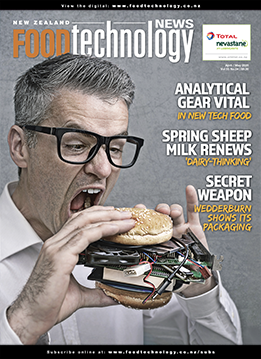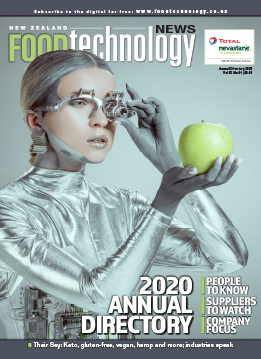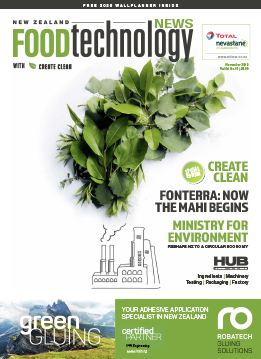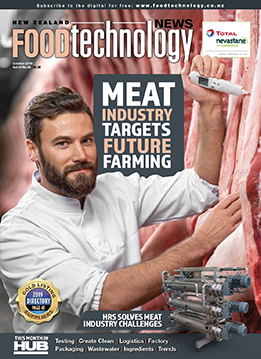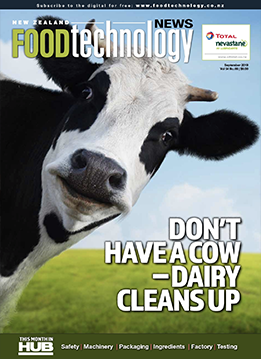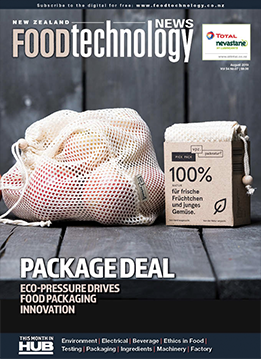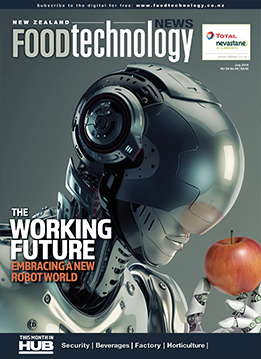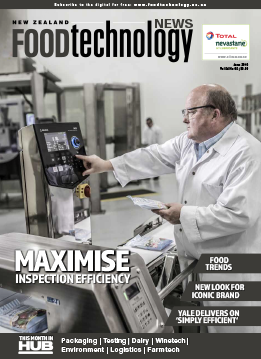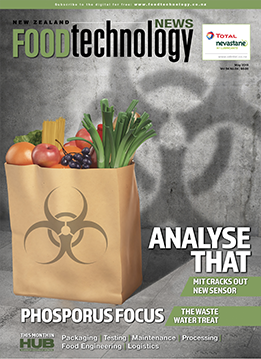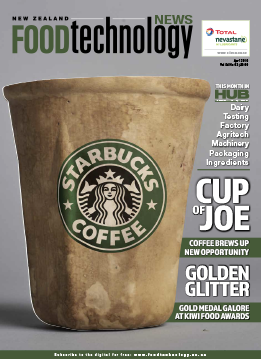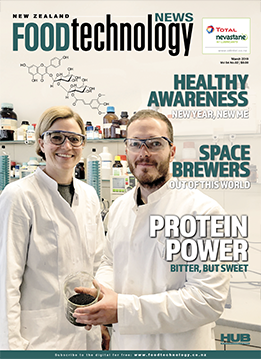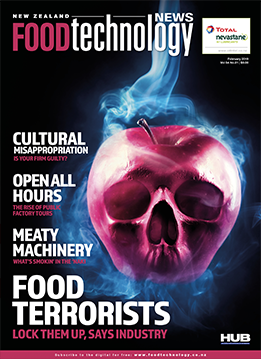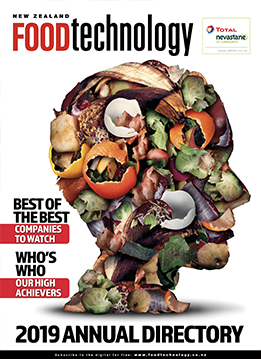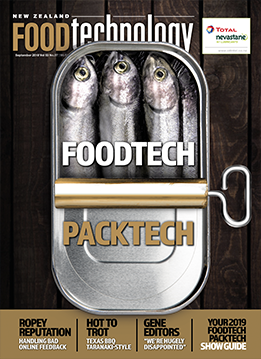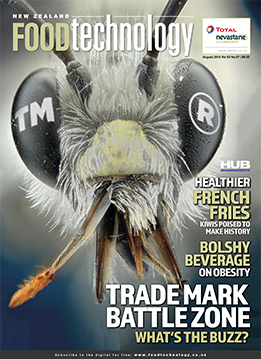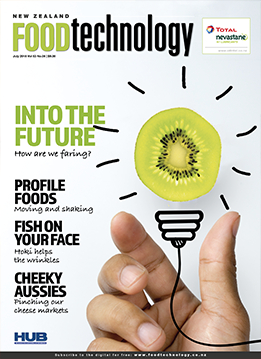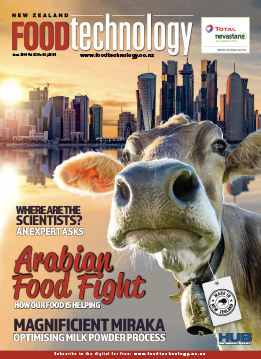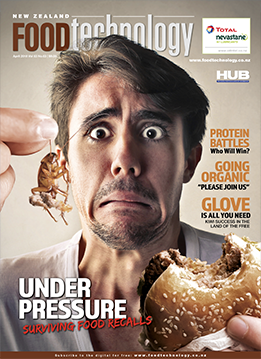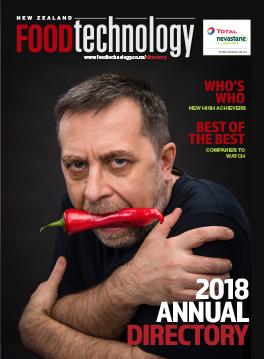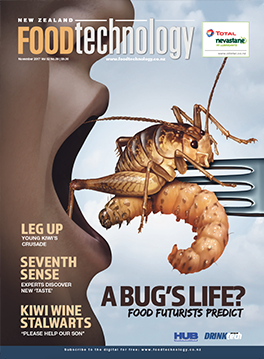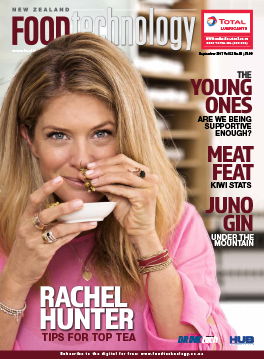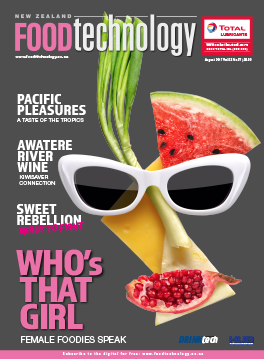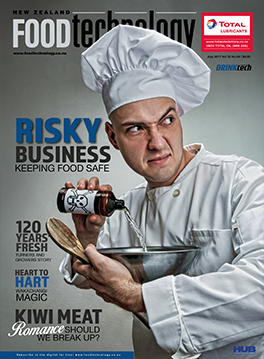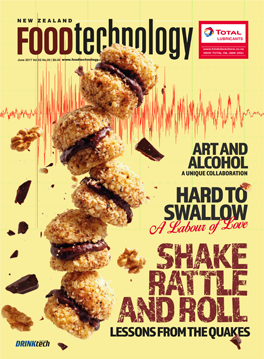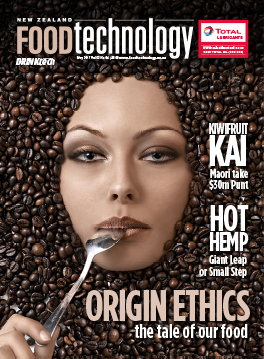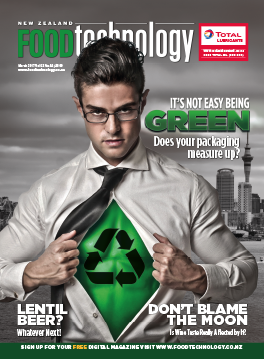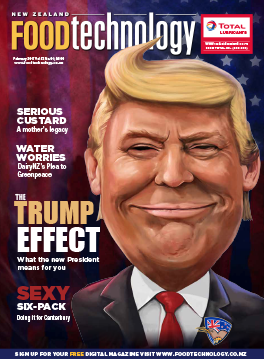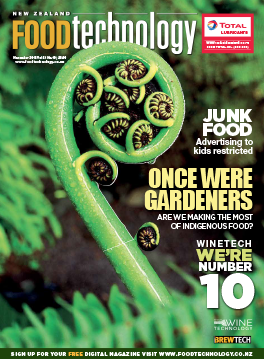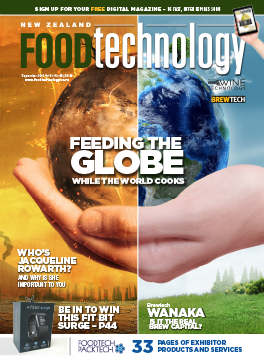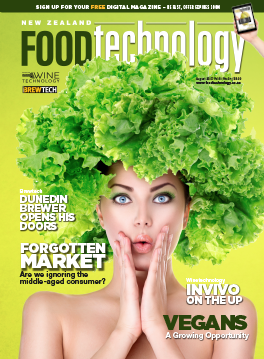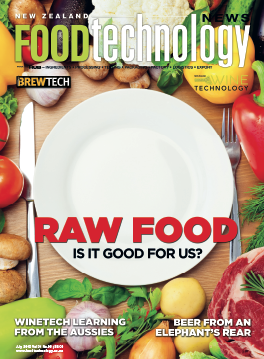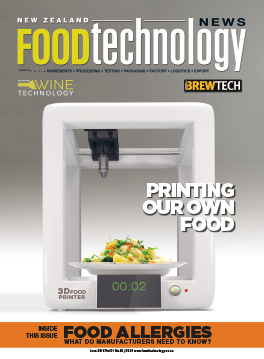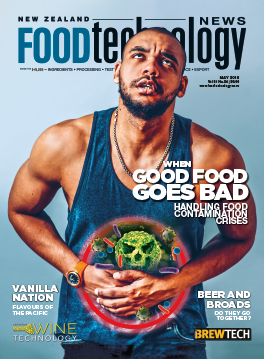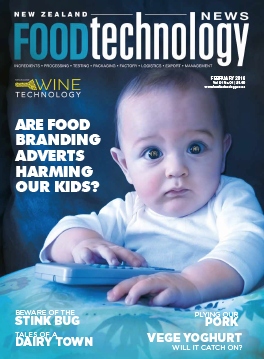
By Food Futurist, Tony Hunter
Over the last several years, we’ve seen many predictions of the market share of cultivated meat products in 2030. From the 2019 AT Kearney prediction of 10% to the more recent 2021 estimate of 1.8% by McKinsey. But how realistic is either ‘prediction’?
A 2021 Techno-economic study conducted for the Good Food Institute by CE Delft projected that a 10,000 t/annum facility would cost US$450 million. To match 10% of the $40 million metric tonne global conventional meat capacity in 2030 would require some 4,000 facilities. That’s $1.8 trillion of capital expenditure based on today’s knowledge and processes. Even taking a highly optimistic view that there’ll be 50% reduction in these costs this is still $900 billion. Given that it takes two years to build and commission such a facility the last facility needs to be commenced by the start of 2029, only some 6 ½ years from now. Optimistically projecting that expenditure starts in 2023, $150 billion of capital expenditure is required every year until the start of 2029. The money is out there, for example global renewables investment reached $366 billion in 2021. However, renewables are a far more mature technology and it’s taken 18 years to go from $32 billion in 2004 to the $366 billion in 2021
The first truly industrial scale cultivated meat facility using 250,000 litre bioreactors is planned by Eat Just and will be operational in 2025. However, not many companies will take the same risk and commence purchasing equipment and building facilities before regulations are finalised in the US and Europe. It could be 2025 before we see significant construction commence.
I believe that cultivated meat has a high probability of technological success but at what price point after only three years development? Reaching Kearney’s 10% projection looks vanishingly small, however McKinsey’s 1.8% looks more achievable.
So, what will happen? One thing any self-respecting futurist knows is that no one can predict the future. Only time and technology will reveal the actual future in 2030. Cultivated meat may be destined to follow the principle that “we tend to overestimate how fast things will happen, but underestimate their impact”.
Tony Hunter is a global futurist, food scientist, speaker and foresight strategy consultant. He consults and speaks globally, using his distinctive combination of scientific qualifications, business experience and detailed understanding of exponential food technologies to deliver a unique perspective on the future of food.
The information and opinions within this column are not necessarily the views or opinions of Hot Source, NZ Food Technology or the parent company, Hayley Media.








